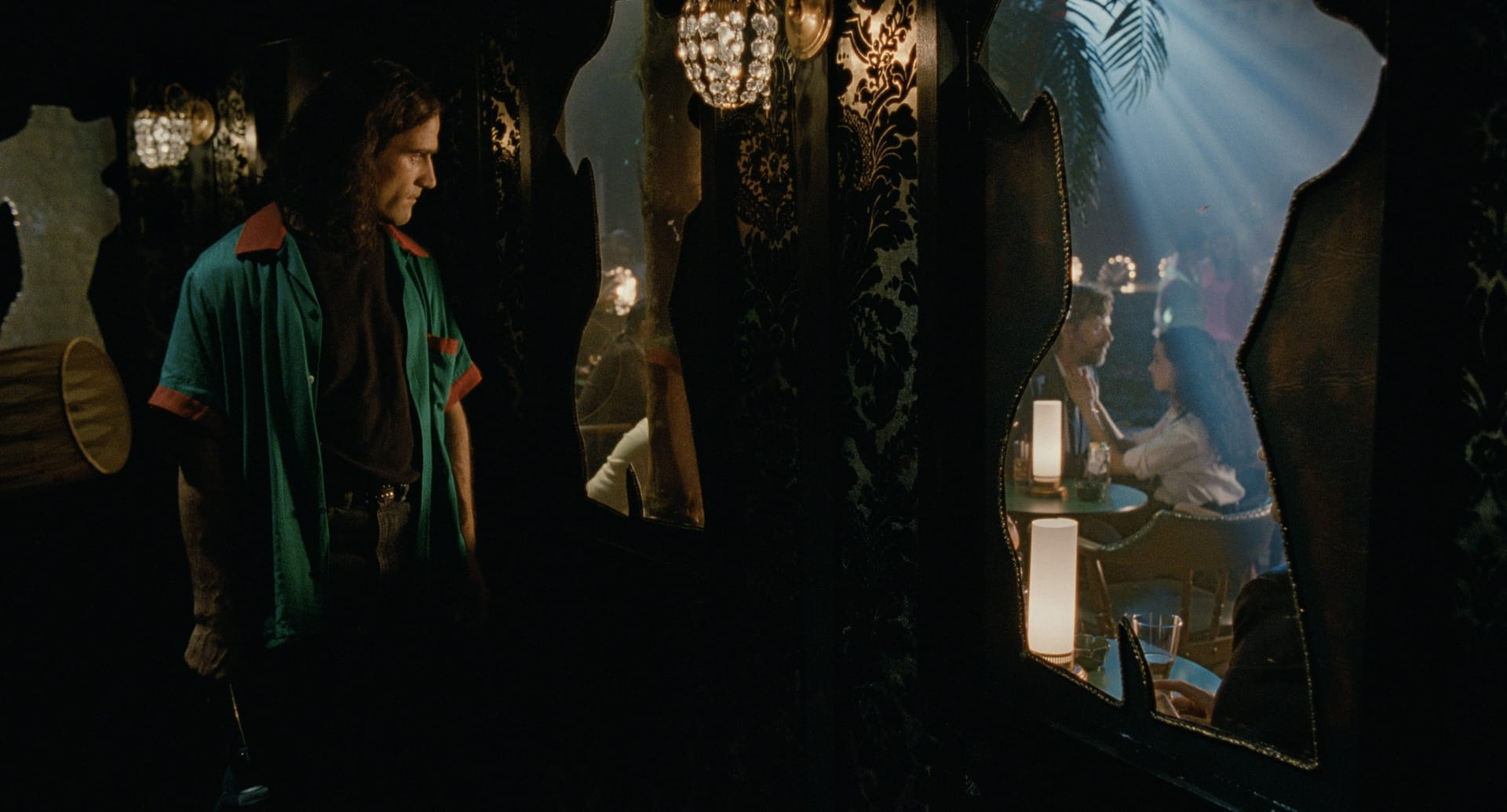RELATED ARTICLE
Carry That Weight: The Films of Atom Egoyan
By Adam Nayman
The Criterion Collection

One of contemporary cinema’s most distinctive voices, Atom Egoyan is a filmmaker who blends detachment and compassion in order to explore a number of recurring themes: identity and alienation, familial and personal dysfunction, and sex as a currency or a means of attaining power. Perhaps no single film of Egoyan’s sums up these preoccupations better than his sixth feature, Exotica (1994). With a story revolving around a strip club—a location that is, of course, entirely premised on sexualized transactions (though, interestingly, in this film the sex is not explicit)—Exotica slowly reveals the unexpected interconnections among several characters whose lives converge at the club. Though the currency of sex and desire is ever present (one character even trades opera tickets for the former), it becomes clear, as the film unfolds, that what truly links these people is trauma and grief—that a need to fill the void for something lost, a relationship or connection that is no longer available, drives nearly every interaction on-screen. And thus, even the initially seemingly cold exchanges acquire an emotional resonance. “My use of these gestures and transactions is completely emotional,” says Egoyan. “Yes, there’s a lot of bargaining and negotiation, but these are done by impulse and certainly not consciously designed on the part of the characters. It’s just something they feel the need to do. They’re actively engaged in these psychological processes, and that filters through all their actions.”
I first encountered Egoyan in person around 1999, just before the completion of his feature Felicia’s Journey. In our first of what would become many conversations, the director spoke of his films as being “formulas for seduction,” often intricately constructed narrative puzzles in which there are frequently shifts in perspective and time—shifts that eventually release a torrent of emotion and lead us to identify further with the characters. More than twenty years later, I am still searching for a phrase that better encapsulates his work and methodology. In regard to Exotica, the seduction might be seen as a kind of striptease: the story is structured to gradually lay bare the characters’ intentions, motivations, and loaded emotional backstories—and also what connects the characters to one another. Nothing is entirely what it seems, to paraphrase a line uttered in Nicolas Roeg’s Don’t Look Now, another potent film about grief and people seeking to reestablish a sense of equilibrium that they feel they have lost.



